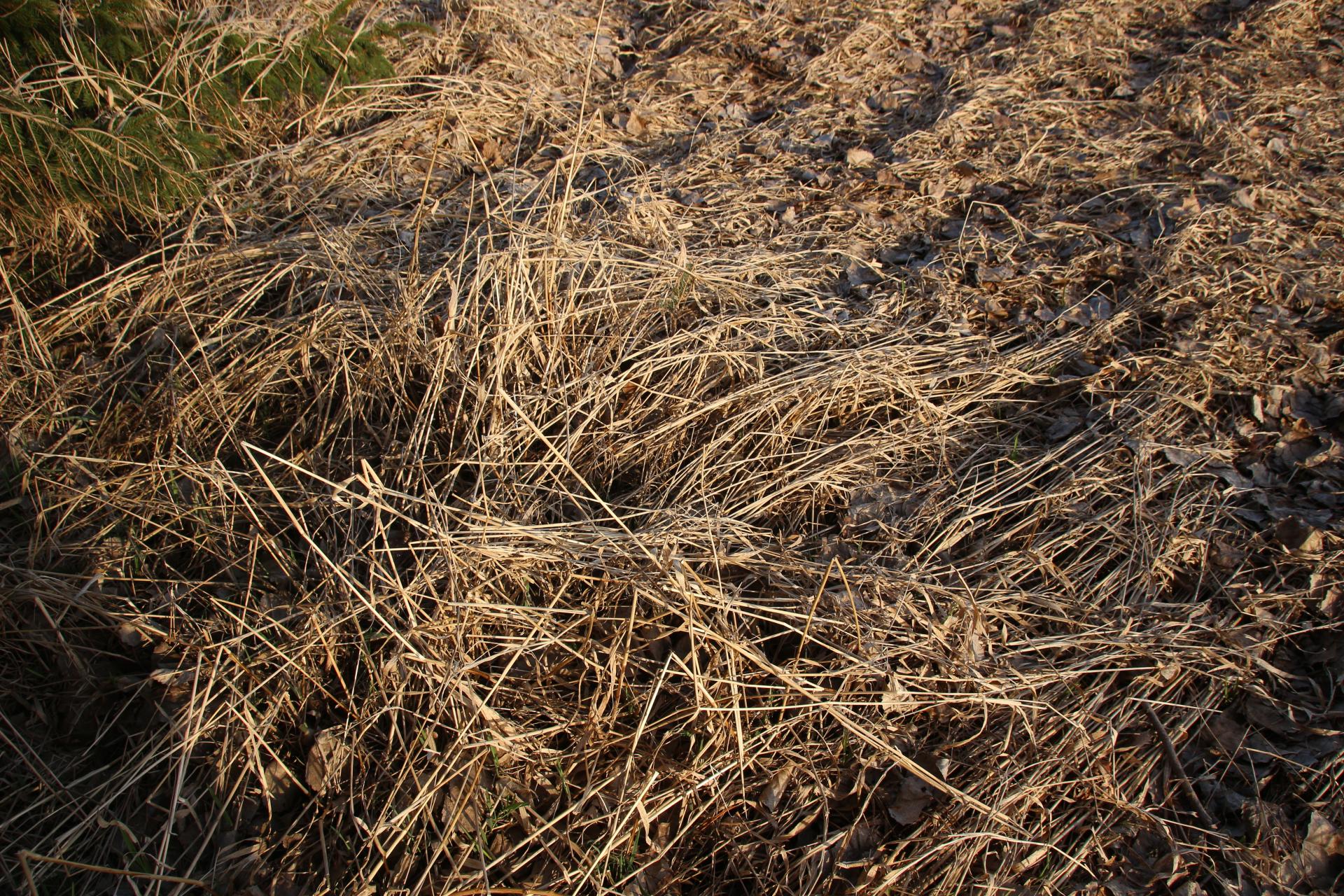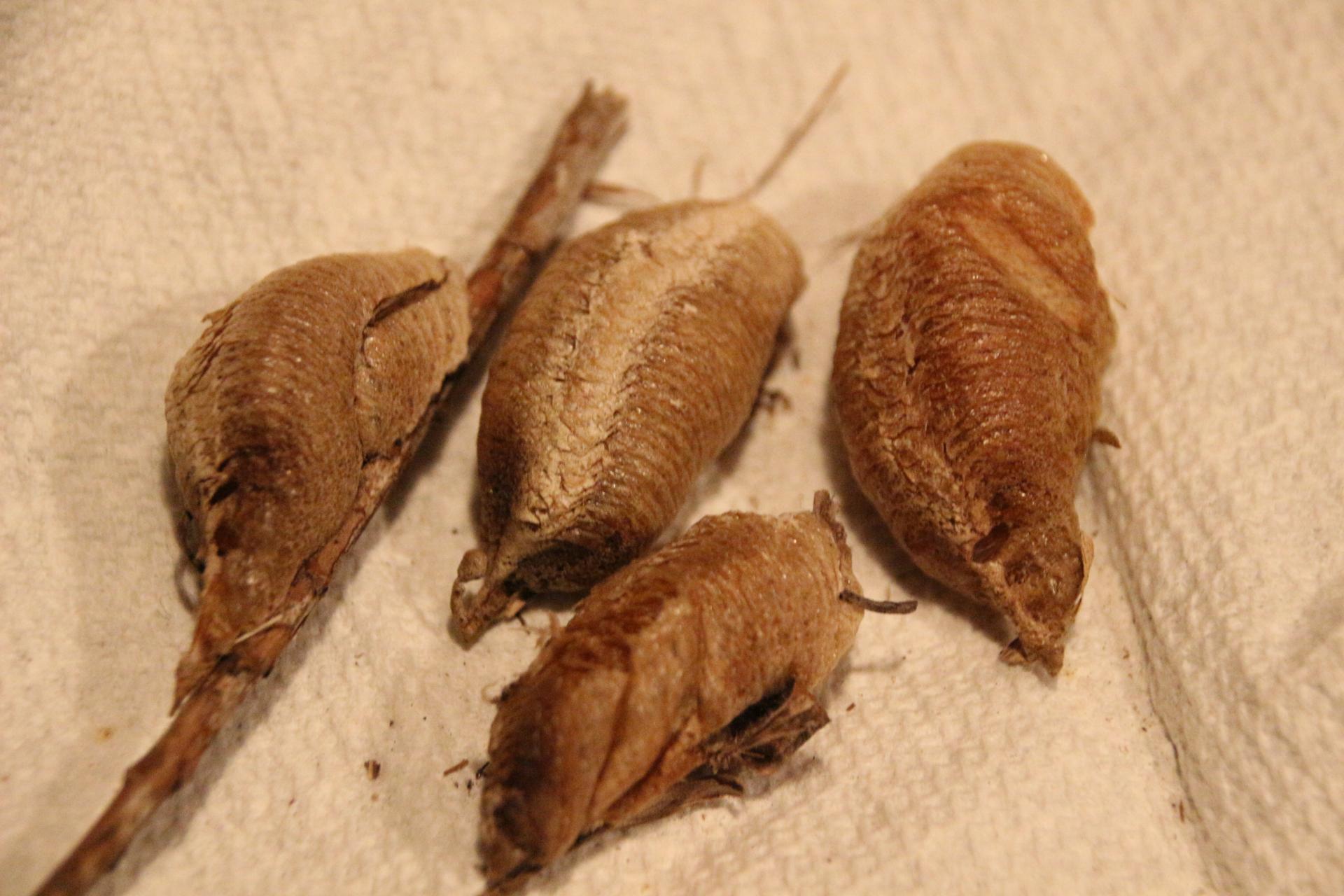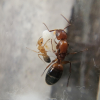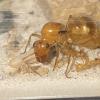Where I Find Praying Mantis Oothecas
As a young boy, I was always thrilled to find a praying mantis egg case (ootheca), bring it home and watch the tiny nymphs hatch out in a jar. I always released them in the garden, keeping one for the whole season was unheard of in those days. Later in life, I had a job where I had to walk miles of open ditches in spring inspecting agricultural drains and I found many oothecas as I tramped along the grassy banks. I picked them up, threw them in my pocket, and tossed them on a windowsill when I got home. All went well until one sunny day in spring when my wife set off the alarm as hundreds, maybe thousands of mantis nymphs scaled our curtains and rappelled down on silks to the floor. To say she freaked is an understatement. It took me forever to sweep them all up and take them to the garden where they were intended to go. I use them as natural pest control in my garden, and I always try to make sure I have a couple of oothecas in the garden come springtime.
Through the years I've realized there are certain locations where mantids prefer to lay their eggs. Even on my own property, they seldom lay in the garden area, but rather in a grassy area that they find preferable. In the photo below you'll see the typical area in which I find them. They prefer areas of thick, tall grass, usually Bromegrass or tall Fescue. I don't usually find them wherever there is goldenrod growing, I don't know why, but even a field of grass and goldenrod has a patch of tall thick grass where goldenrod doesn't grow. The photo below is from one such place in a back corner of my property.
The grass in this area very much resembles the tall, thick grass that grows along open ditches. By spring it has been flattened by snow and ice, making it easy to walk over while I look for oothecas. In less than five minutes I found four of them.
I transported these oothecas back over to my garden area where I hope they'll catch and eat many pests throughout the summer. I also enjoy suddenly finding one as I'm picking beans or strawberries. I like them almost as much as ants.
If you do go out ootheca hunting, please collect responsibly. One egg case may contain over a hundred eggs, but probably only two or three will make it to adulthood. Don't overdo it like I did, or you may risk the mantis plague. I collected these ones on my own property and simply relocated them.
Note: Scientific sources tell me that the plural of ootheca is oothecae. I've also found oothecas used in literature. I've used oothecas as the plural form as suggested in the spell check function of this forum.
RPT





















